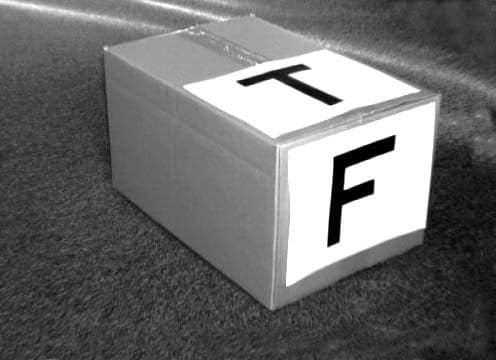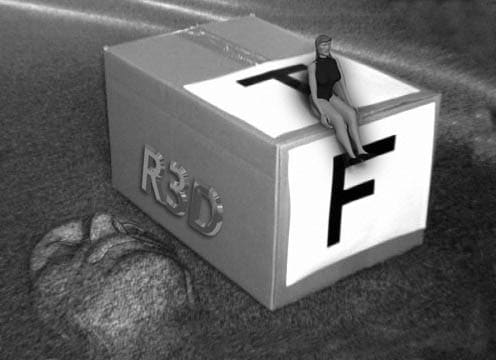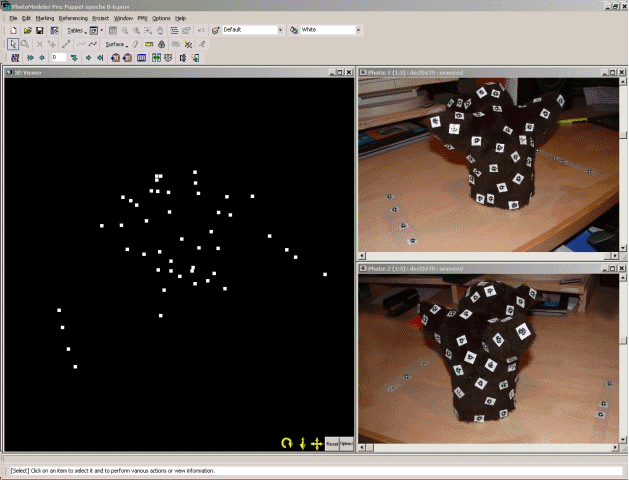PhotoModeler is a powerful tool for creating 3D models for animation and multimedia applications and is used in animation, film and video production (pre and post). Key point locations, textured models, and camera positions can be exported using formats like MaxScript, Maya Script, and .FBX.
With PhotoModeler Premium's Idealize capability you can remove all distortions from the original photos to provide highly precise background plates for further modeling work in your favorite modeling package.
With PhotoModeler you can:
- Build 3D models to use in animation and rendering programs
- Model objects for Computer Based Training
- Measure or model sets and locations
- Perform perspective matching to synchronize a CG camera to real photos/frames
- With Idealize remove distortions from background plates
- Export realistic texture maps from original photographs
- Create life-like photo-textured models with low polygon counts
- Create 3D models of existing objects for use on web pages
|






